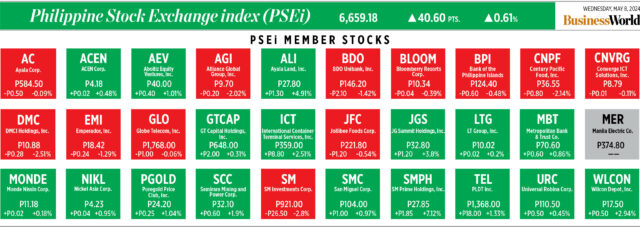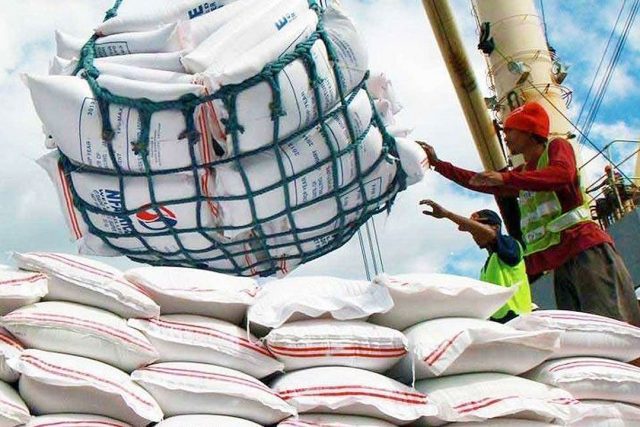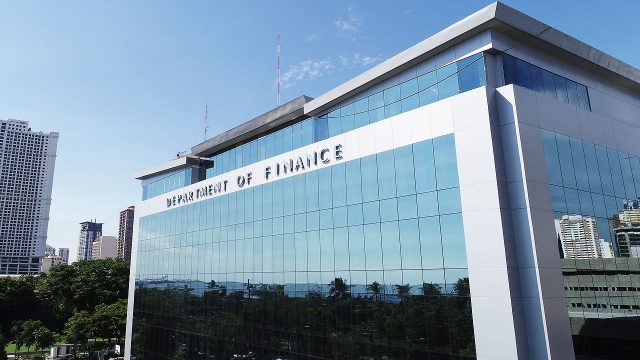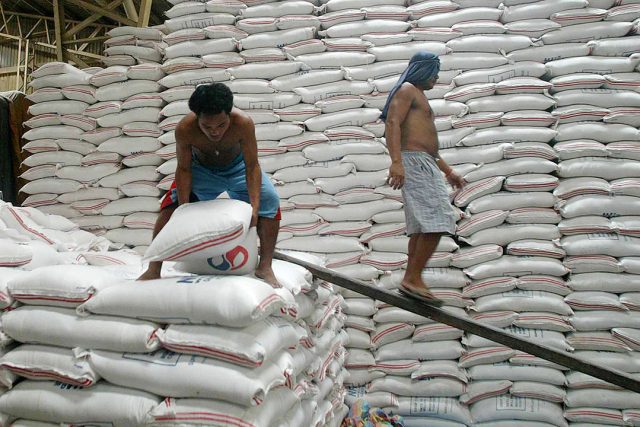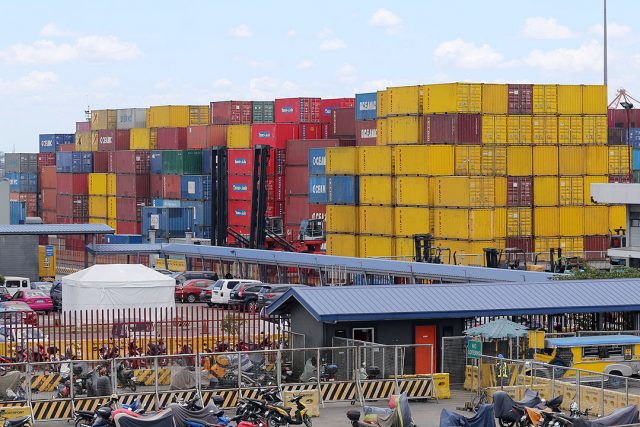Coins.ph gets sandbox approval from central bank for peso stablecoin
CRYPTOCURRENCY platform Coins.ph has received sandbox approval from the Bangko Sentral ng Pilipinas (BSP) to issue a peso stablecoin called PHPC, which will be available to retail customers.
“PHPC is unique in that it will be the first regulated Philippine stable point for, and not just for all users. Users such as you and I can actually buy PHPC, transfer it, trade it on Coins.ph, and potentially on other wallets and exchanges, as we roll out its adoption and can make further approvals for the PHPC,” Coins.ph Chief Executive Officer Wei Zhou said at a briefing on Wednesday.
Stablecoins are pegged to a fiat currency or commodity to give it a stable value, unlike other cryptocurrencies like Bitcoin or Ethereum, which have volatile prices as they are not backed by assets.
PHPC will remain at a stable value of one-to-one to the peso and backed by cash and cash equivalents stored in Philippine bank accounts, he said.
“These will be secured in trust accounts with our banking partners to ensure that the stablecoin is 100% fully backed, fully redeemable for pesos,” he added.
Mr. Zhou said Coins.ph expects to receive full approval for the stablecoin in two to three months, and the pilot is expected to be launched on the Coins.ph platform early June.
The platform aims to have at least 20,000 to 30,000 users of PHPC within the first month or during the sandbox period.
“We’re being monitored for performance and there’s a set of metrics that we have to hit. Once we hit those metrics, then we can leave the sandbox,” Mr. Zhou said.
Coins.ph aims to allow the use of PHPC for remittances, trading, business to business (B2B) payments, and Web3 gaming to help lower costs.
“PHPC will empower Filipinos to transact seamlessly and securely in the digital economy, while also providing a stable store of value as they participate in the rapidly evolving digital asset landscape,” Mr. Zhou said.
“Remittance senders can actually purchase the PHPC and actually send it directly to the wallets here at Coins.ph. That it will reduce costs of sending funds across borders. It will also improve efficiency and turnaround time,” he added. “I think [the cost of remittance] has been going down, which is a good thing. I think about five years ago it was hovering around 10%, now it’s around 5% or 6%. But I think with these rails, we hope to get down into the 1% to 2% range.”
The company hopes to list PHPC on other exchanges, wallets and blockchains.
Coins.ph is also targeting to make PHPC available on remittance platforms in countries where money is frequently being sent to the Philippines, Mr. Zhou said.
He added that Coins.ph, which is a virtual asset service provider and an electronic money issuer, will add PHPC to the e-money products available on its partner banks’ platforms.
“This will be an addition to the e-money that we currently carry,” he said. — AMCS



